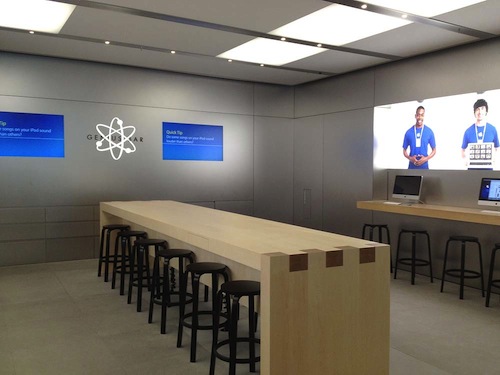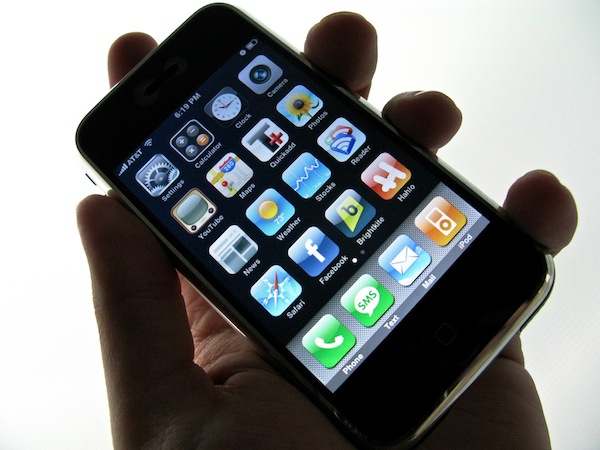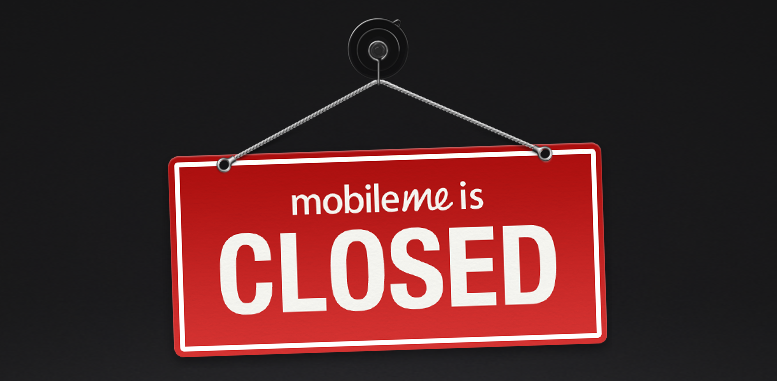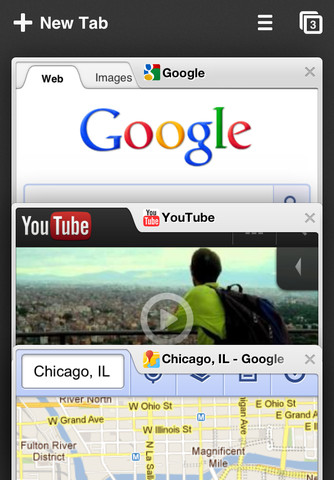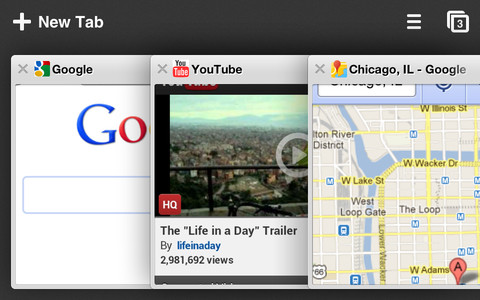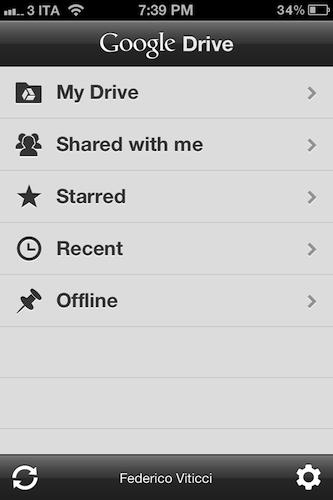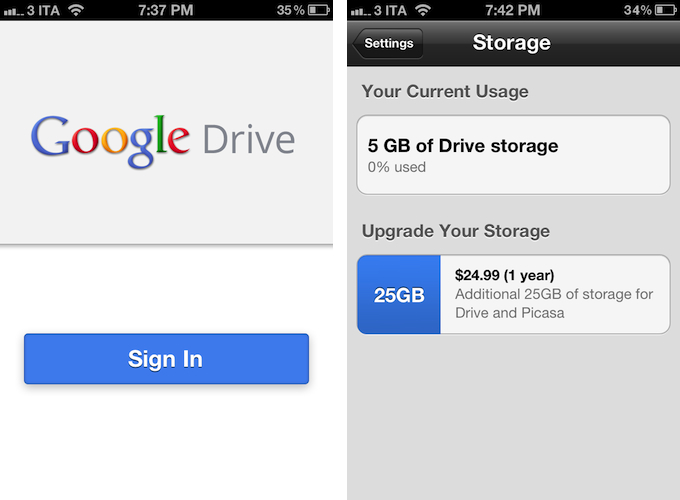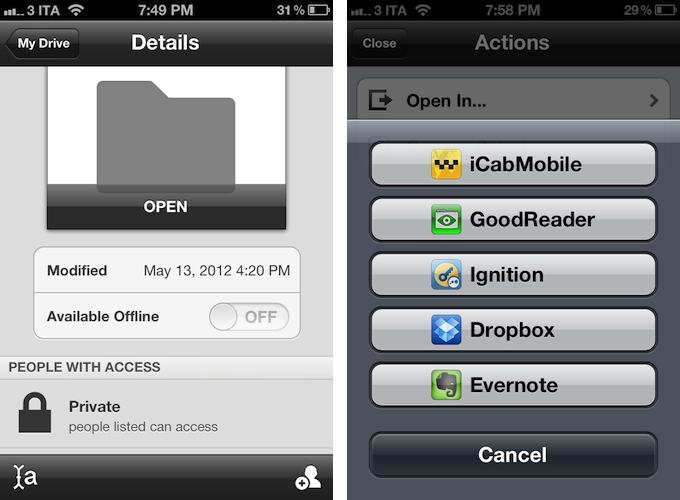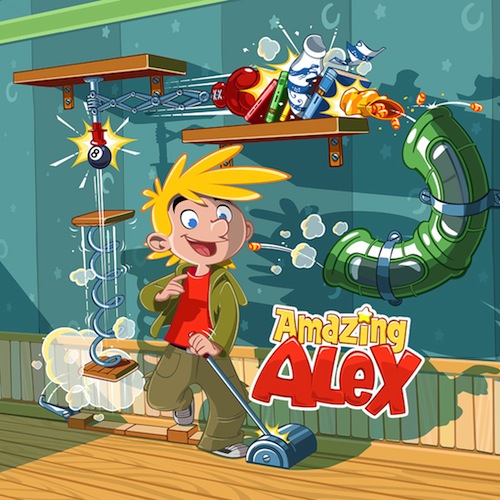Apple Testing New Genius Bar Layout
Gary Allen writes about a new Genius Bar layout over at ifoAppleStore:
The designers’ solution to Genius Bar crowds was to pivot the GB table by 90-degrees so that it’s perpendicular to the rear wall of the store, and to eliminate the iconic kids seats and tables. A photo of the new set-up has surfaced showing a tall, 10-foot long wood counter at the rear of a store, with black stools on both sides. The table is set about 15 inches out from the rear wall of the store to allow employees to move from one side to another.
Often referred to as the “heart and soul” of an Apple retail store, the Genius Bar has come a long way since the floating notebooks for support staff and iPod-oriented questions and repairs. As Apple has evolved as a company and revamped its product line over the years, the Genius Bar has consequently changed to accommodate new kind of customers, questions, and, ultimately, devices – on both sides of the Bar. Customers’ details are now entirely managed on iPads, check-ins happen through a dedicated iPad app, and even signatures and machine information are being stored inside custom iPad software made for retail.
It’s rare to see a Mac at the Genius Bar these days, and perhaps the new layout is just another sign of the times.


